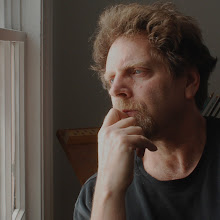

Columns. The first, minimal works by American artist Anne Truitt, gaining their distinction from the variation Truitt achieves through the essential repetition of this form, varied only in scale and color. It becomes, in effect, a form of aesthetic biology; the evolution into being of a formal species.
The second is taken at the Roman ruins of Fiesole, Italy. From classical post-and-beam, the post now springs upward into an arch. Note also the "post" in the background, a typical Renaissance observation tower.










